The original Mercedes-Benz S-Class is a real number generator. It ended up being offered in nine different model forms, sold 473,035 units in its eight-year lifetime, and took six years to develop. That’s before you get into the performance figures for the V8 models, which could to the 0–60mph sprint in as little as 7.2 seconds.
Mercedes began its work on this new luxury saloon in 1966 with the plain intention of making it the best four-door car in the world. That was quite a mission when Rolls-Royce had not long ago launched its Silver Shadow to huge acclaim, but the Germans saw this more as a benchmark to surpass than a hurdle. The handsome Friedrich Geiger–styled lines were signed off by the end of the 1960s, and the new Sonderklasse, which is German for ‘Special Class’, told you everything you needed to know at the car’s unveiling in 1972.

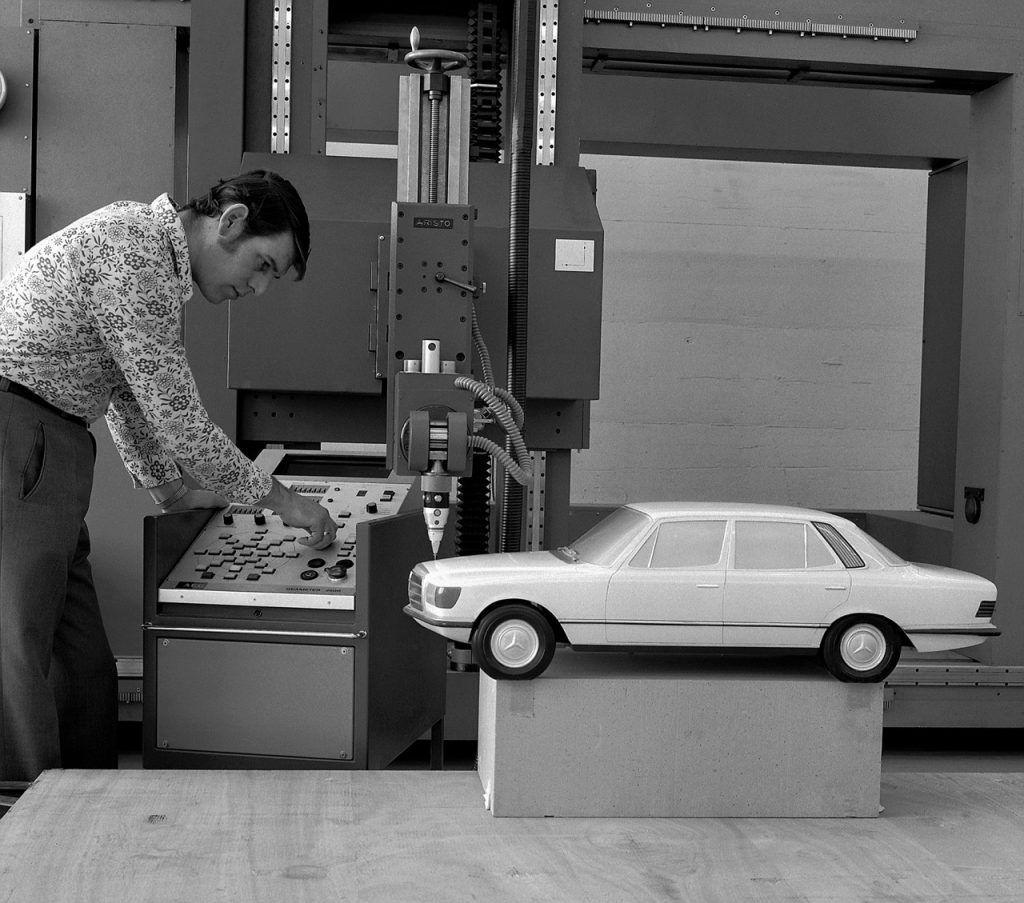
With one eye on the fuel crisis of the period, Mercedes wisely introduced its new saloon with a 2.8-litre straight-six and a 3.5-litre V8 engine. Compared to the Rolls-Royce’s 6.75-litre V8 and the big motors used in most US luxury sedans, the S-Class looked positively parsimonious. That didn’t mean it wasn’t capable of lifting up its lederhosen and getting a shift on – even the carburettored 280S could reach 118mph. Opting for the fuel-injected 280SE, and that rose to 125mph.
However, it’s the V8 engines that made the most impact on road testers and buyers alike. The 350SE offered 197bhp and a good deal more torque than its smaller sibling, but much more was to come. In 1973, the 450SE arrived with a 222bhp 4.5-litre V8 and, like its less potent sisters, it could be had in longer-wheelbase SEL form. The SEL added four inches to the length of the S-Class, which was already two inches longer and wider than the car it had replaced in 1972. This extra room offered rear passengers that limo-like experience to tempt buyers away from a Rolls-Royce or a Cadillac, and plenty of buyers gave in to the temptation.
Then Mercedes upped the ante all over again with the 450SEL 6.9. Packing a gargantuan V8 motor with 286bhp, this long-wheelbase–only SClass showed the Silver Shadow and Jaguar XJ12 a clean pair of heels thanks to its 140mph top speed and 0–60mph time of 7.3 seconds. Little wonder this model became the choice of car for many Formula 1 drivers and celebrities.
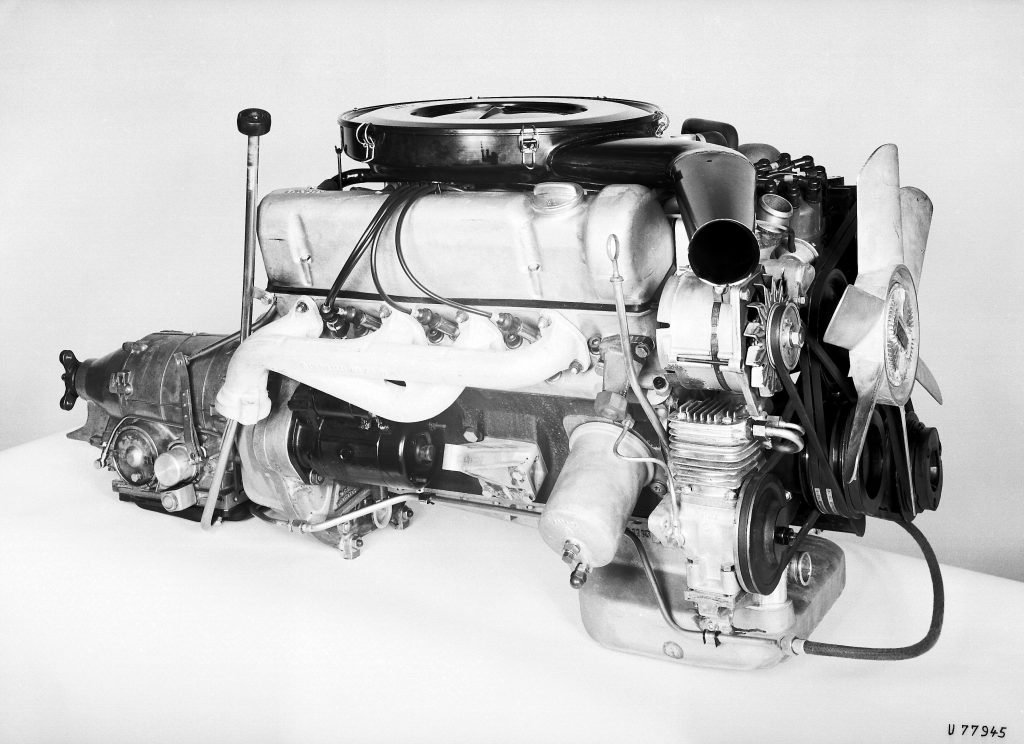
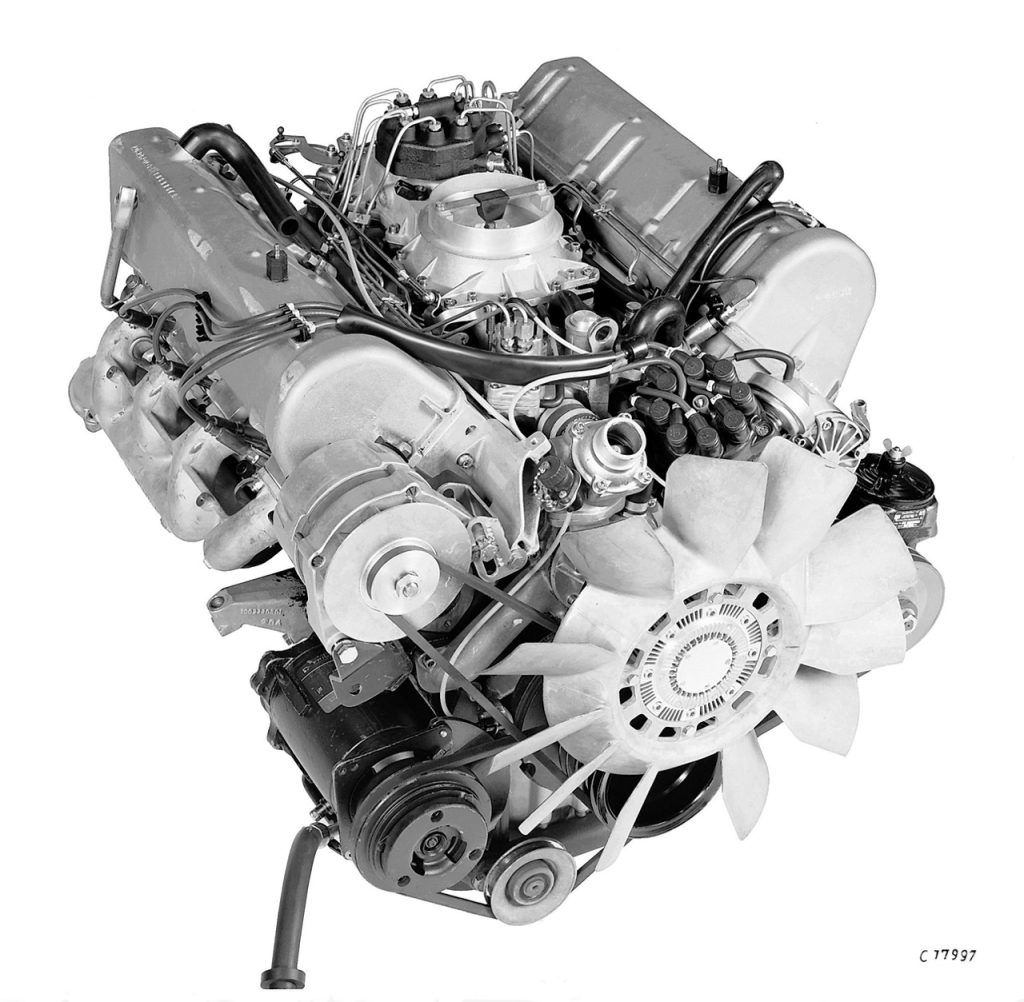
At the other end of the scale, Mercedes also offered its US customers the 300SD model, which was a response to that country’s Corporate Average Fuel Economy (CAFE) regulations and allowed Mercedes to carry on selling its big V8-powered models. The 3.0-litre, five-cylinder turbodiesel sold surprisingly well and earned a reputation for longevity that has developed into a cult following today.
While never as overtly luxurious as a Rolls-Royce or as nimble as a Jaguar, the Mercedes S-Class won many admirers for its vault-like build, reliability, comfort, and relaxed high-speed cruising. That holds just as true today.
What’s an S-Class Like to Drive?
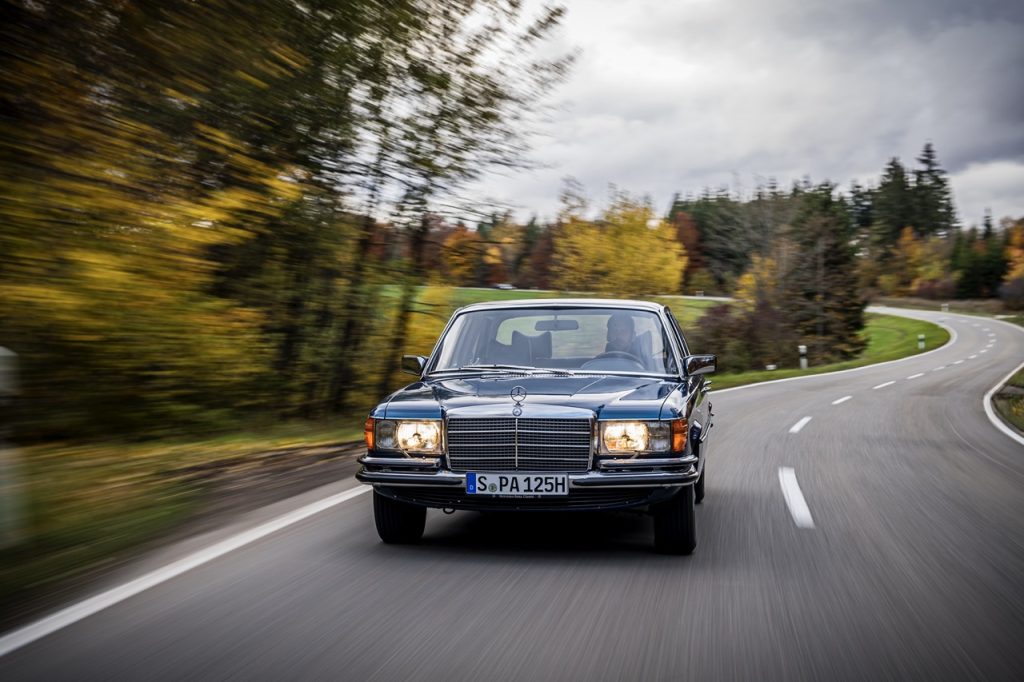
The first thing you notice as you step into a W116-generation Mercedes S-Class is the ‘whump’ as the door closes. It foretells of the deep-seated quality of these cars, which is not necessarily the impression given when you look at the dash and dials. Everything you need is there, including air conditioning in many cars, but it doesn’t have the charm or warmth of a Jaguar XJ’s cabin, for example. On the other hand, the S-Class affords superb all-round vision, and the front seats are ideally padded and supportive.
Turn the key and shift the lever into Drive – all but the diesels and a few 280s were autos – and there’s a small but perceptible rocking movement as the gear is taken up. Release the brakes and the S-Class glides forward at the first touch of the throttle pedal. In the 280 models, you need to push the pedal a good bit further to generate the sort of acceleration needed to keep up with modern traffic, but the V8s have no such concerns. The 450 and 6.9 models don’t just mix it with current cars, they can still show many the way to go thanks to their deep-lunged shove.
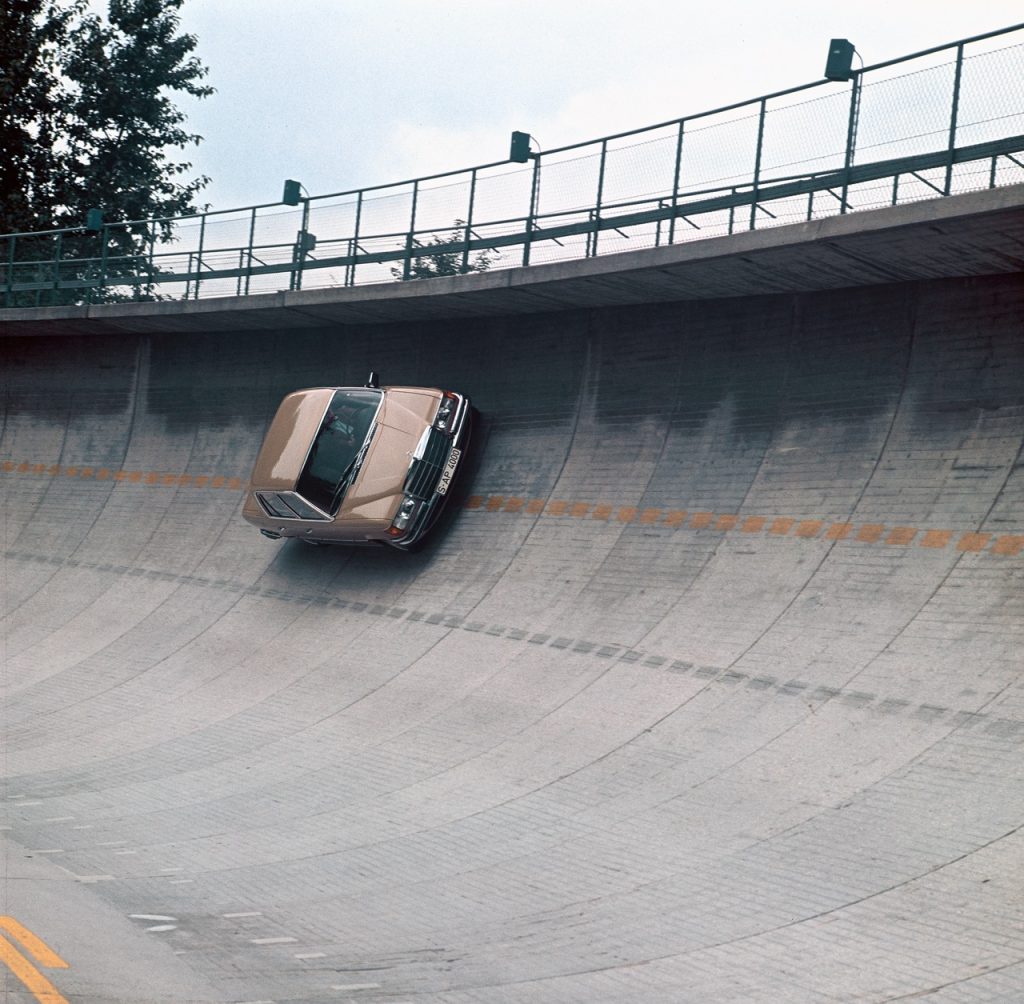
At higher speeds, it’s again the V8s that feel the most refined and at ease with life, though the 280 happily cruises at motorway speeds, even on the autobahn. It also seals out wind and road noise well so long as the door rubbers are in good nick. With four occupants onboard, the S-Class is a classic car that can be used for those far-flung holidays, and the boot is plenty big enough to cope as well. Only those on the back seats might find some cause for complaint, as it’s more cramped back there for knee space than you would expect. Choose the SEL version with its added rear room, and this problem disappears.
You might think the 6.9 is the one to have, thanks to its colossal power and pace, but the smaller 4.5-litre motor is the pick of the lot. It revs a little more freely, which makes up for the power gap between it and the 6.9. However, when it comes to smoothing out flawed road surfaces, the 6.9 has the upper hand with its hydropneumatic suspension. So long as the system and its components are sorted and working as they should, only a Jaguar XJ or Rolls-Royce Silver Shadow can match the ride quality of the S-Class from its period competition. The other S-Class models still deal with bumps admirably, and the 280s are the nimblest in corners thanks to less weight on the nose. The power-assisted steering of the W116 is light next to modern cars, but it delivers enough feel and information to allow for brisk driving.
What might temper faster exploits is the fuel consumption of the S-Class. The 280 can be cajoled to 25mpg, but the V8s return an average of around 14mpg. If that’s an issue, the 300SD was good for 30mpg in its day.
How much does an S-Class cost?
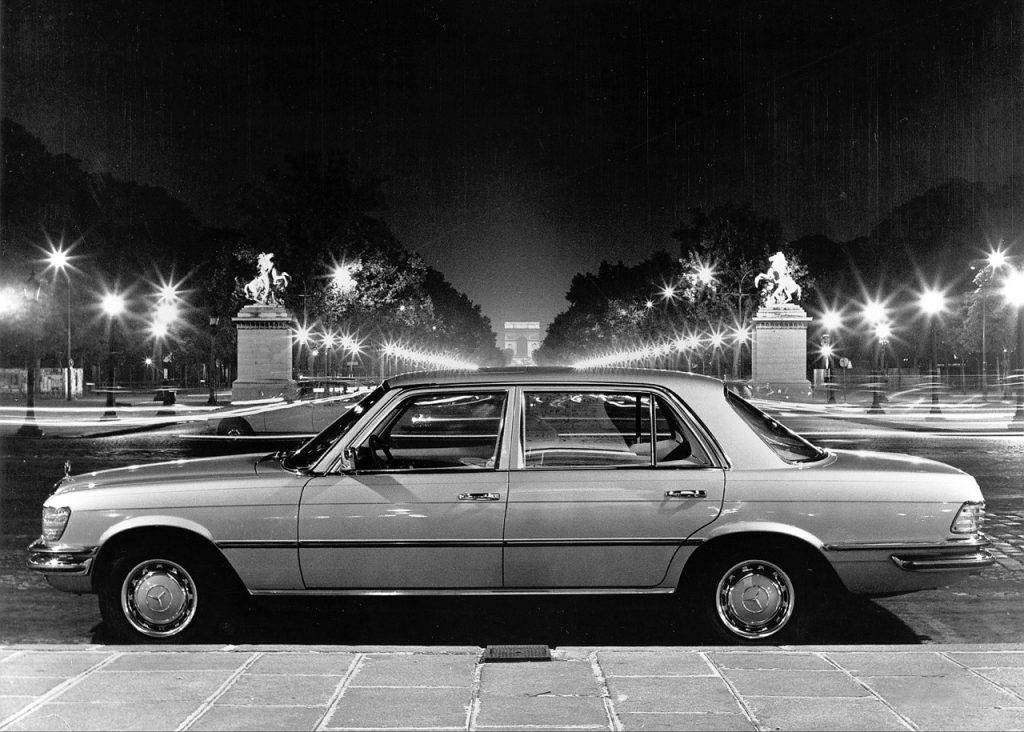
The disparity in W116 Mercedes S-Class prices is one of the anomalies of the classic car world. Whether it’s because many consider the cars too complex to work on or not as cosily clubbable inside as a Jaguar XJ or Rolls-Royce, values are lower than most other Mercedes from the period. A 280S is the cheapest way into W116 ownership, and you can find them in running order still for around £5000. A car at that price will need plenty of work, though, so it will work out cheaper in the end to buy a sorted one for £10,000. A 280SE will command a small premium for a car in the same condition.
The 350 and 450 models are pegged at the same values, so it really comes down to condition. Usable cars that only need a little tidying can be had for £15,000, which will also secure a 450SEL 6.9 that’s needing a bit more attention. The smartest 350 and 450 models will bring in £20,000, while the best 6.9s are being advertised by UK dealers for up to £50,000.
What goes wrong and what should you look for when buying an S-Class?
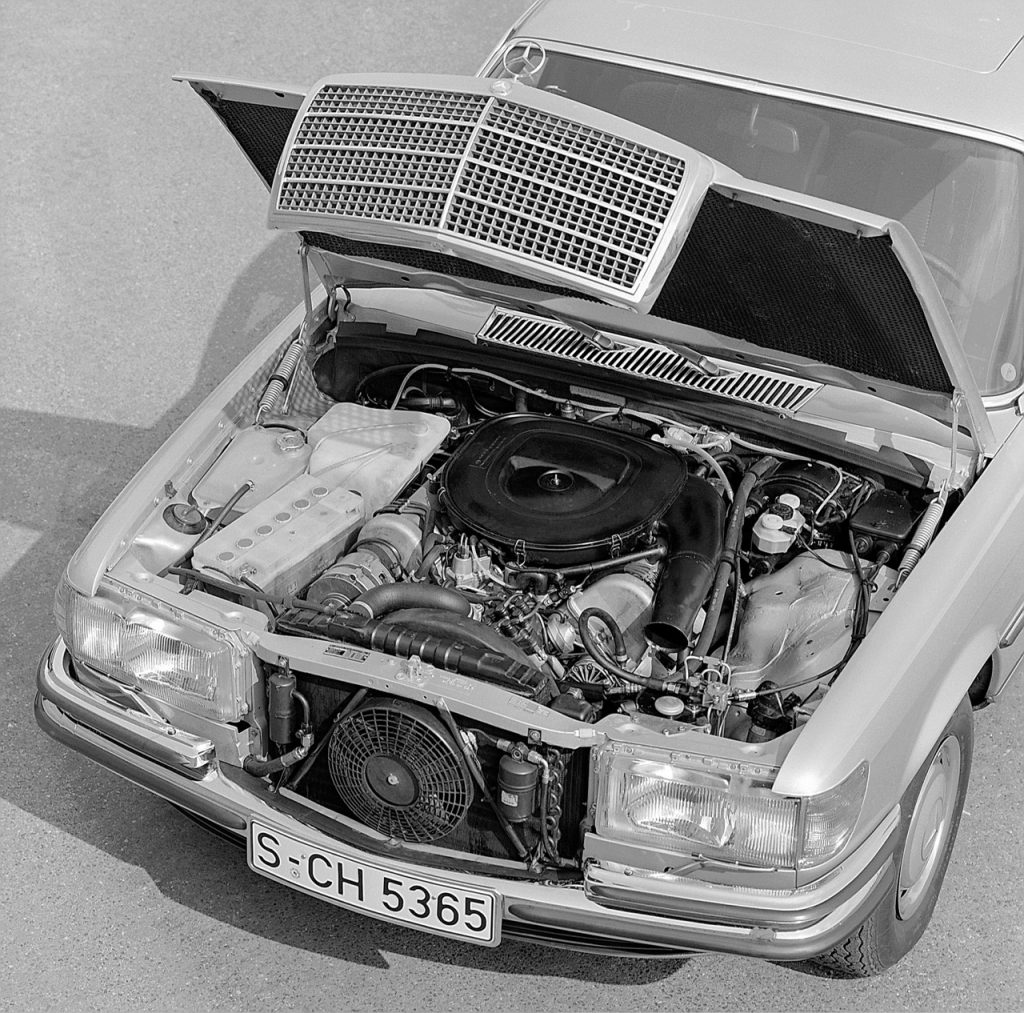
There’s a fair bit of metallic real estate with a W116 S-Class, and even Mercedes was not fully on top of protecting its cars from corrosion in the 1970s. As a consequence, look for rust in the inner wings and the battery tray, around the front suspension turrets, and the chassis legs. Corrosion in any of these areas will be expensive to put right. Less of a worry are rusty scabs on the outer body panels such as the door bottoms, wheelarches, front lower valance, and outer sills. However, carefully inspect the floorpans for rot, as well as the jacking points, the inner sills, the boot floor, around the front and rear screens, and, if fitted, the sunroof.
Pitted chrome can be replated, but make sure any car has all the correct badges, bumpers, trim, and windscreen surrounds, as sourcing these can be difficult. Cabin materials are also hard to come by if you need to replace original velour-covered seats, but leather and MB-Tex are easier to sort.
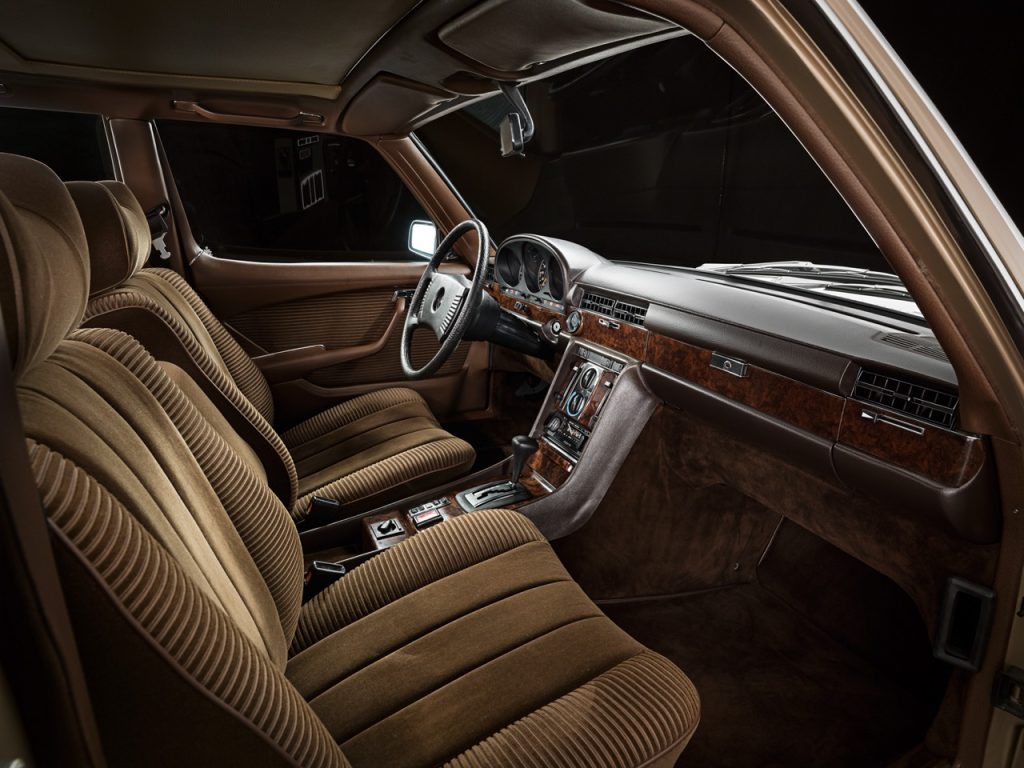
The electrical side of the W116 is relatively easy to look after, but the hydropneumatic suspension system of the 6.9 can be a never-ending tail chase of leaks, unless a car has been properly looked after. In the end, the only solution to a car suffering from leaks will be to replace the entire system’s hoses and connectors to ensure it works faultlessly. This will be a big expense and assumes you can source all the parts needed. Many 6.9 owners use Citroën specialists for their greater understanding of this type of suspension, and it can work out cheaper, too. Look for service records that show the hydraulic spheres have been serviced within the past three years.
The power-assisted steering in all W116s makes them easy to drive, but the steering box can wear out quickly. Feel for any slop in the steering on a test drive and, if there is any, reckon on a rebuild to solve this. Brake pads and discs also need to be inspected for wear, as they have to deal with a lot of German saloon when operated, but the suspension on the non-6.9 models is reliable and simple to work on.
Turning our attention to the engines in the W116, all are tough as boots. The 2.8-litre straight-six just needs routine oil changes, spark plugs, clean fuel, and fresh coolant to carry on indefinitely. Much the same applies to the V8s, but watch for worn camshaft lobes in both six- and eight-cylinder motors. You should also listen out for rattly timing chains in any W116; that spells an imminent and large bill to replace. The good news here, though, is the timing chains are extremely unlikely to break and destroy the engine.
Which is the right S-Class for you?
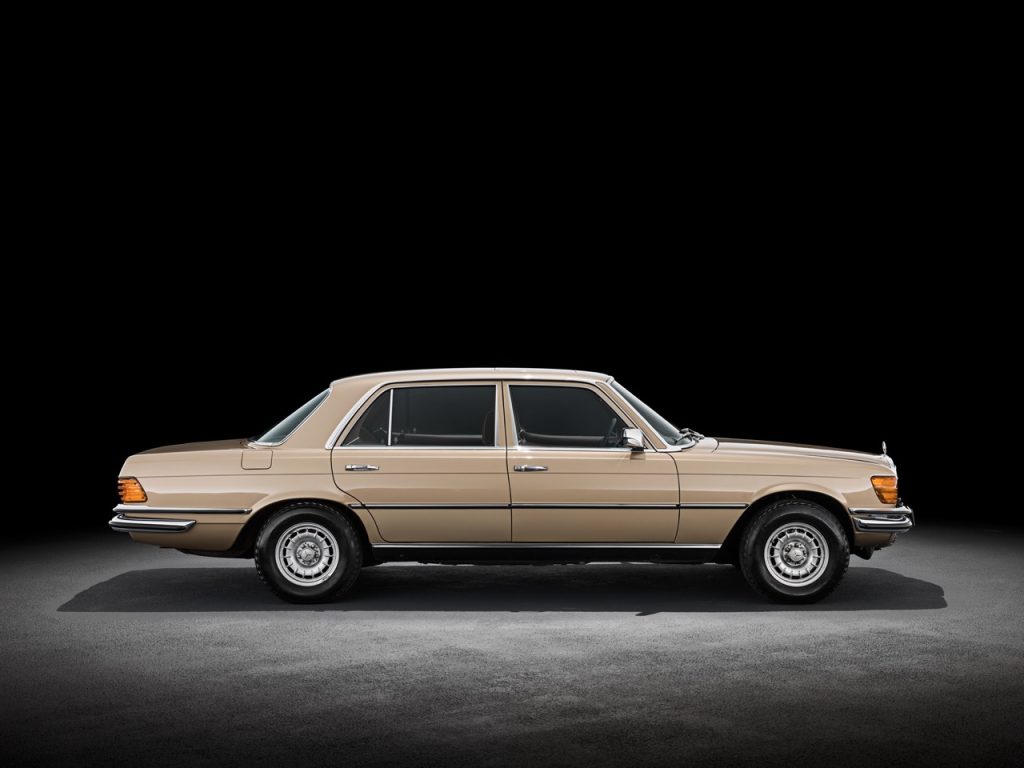
An early decision to make when considering a W116 Mercedes-Benz S-Class will be whether or not you are going to carry rear seat passengers on a regular basis. If the answer is yes, then the SEL with its extra rear legroom is the one to have. For a family with younger kids, the standard-length model will be fine, and there’s no real difference between the two versions in the way they drive or how easy they are to park.
Following that choice, the other big question will be what engine you want under that lengthy bonnet. The 280S was not sold in the UK, though there are some on the roads here, and the 300SD turbodiesel was a US-only model. It was the slowest S-Class and feels it, so the fuel-injected 280SE is a better bet. It feels lively enough in modern traffic, and with fuel bills lower than those for the V8 versions, you can use it daily or more often without draining the tank – and your wallet.
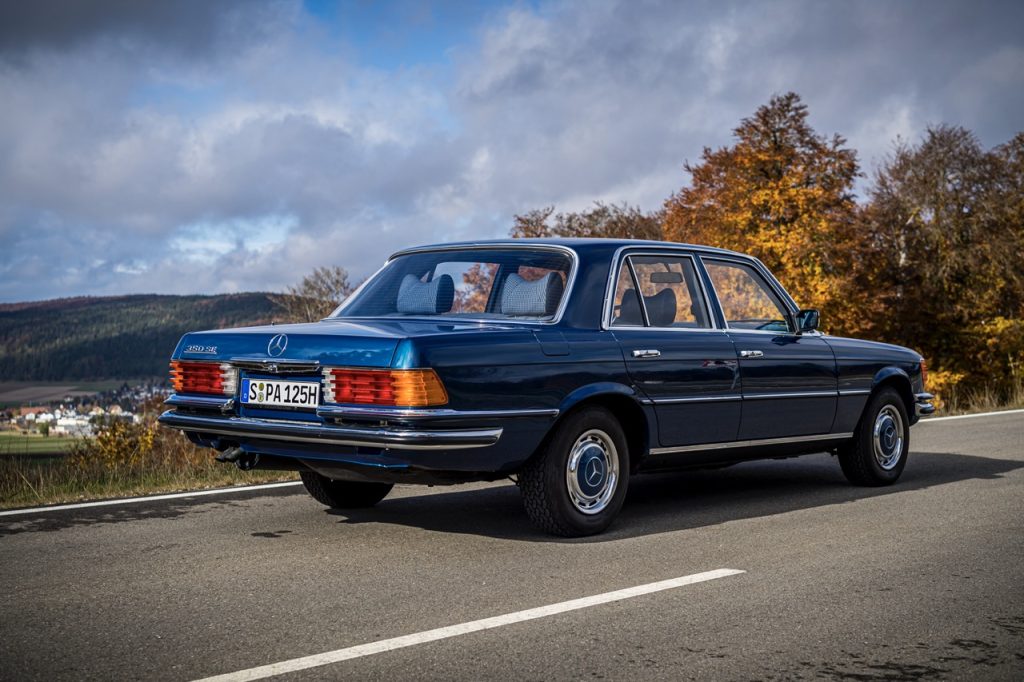
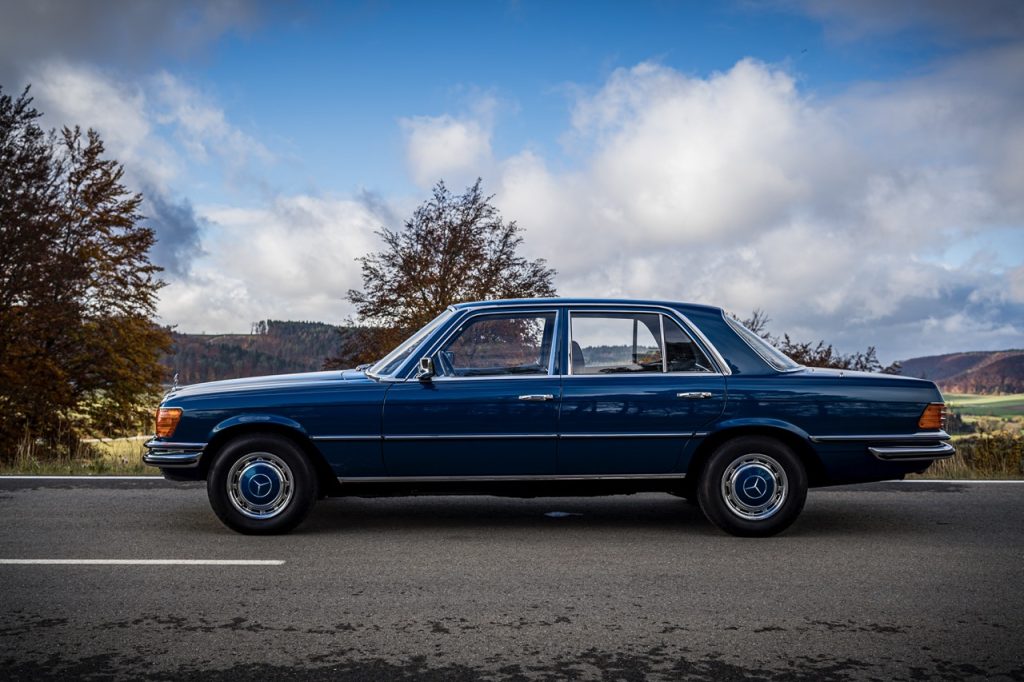
Of the two standard V8 models, ideally we’d opt for the 450, as it gives more performance with no detriment to economy or maintenance costs over the 350. A bigger factor when choosing a W116 with either of these engines will be the condition of the specific car, so we’d take an immaculate 350SE over a scruffy 450SEL.
Then we come to the pinnacle of the range, the 450SEL 6.9. This is a separate model in many respects due to its higher prices, larger maintenance bills, and the way it drives. For some, it will be the only W116 to have, but we’d argue most owners will be perfectly happy with a 450SE. Then again, driving such a sophisticated hot rod as the 6.9 delivers a Q-car experience not even the Jaguar XJ12 can beat.



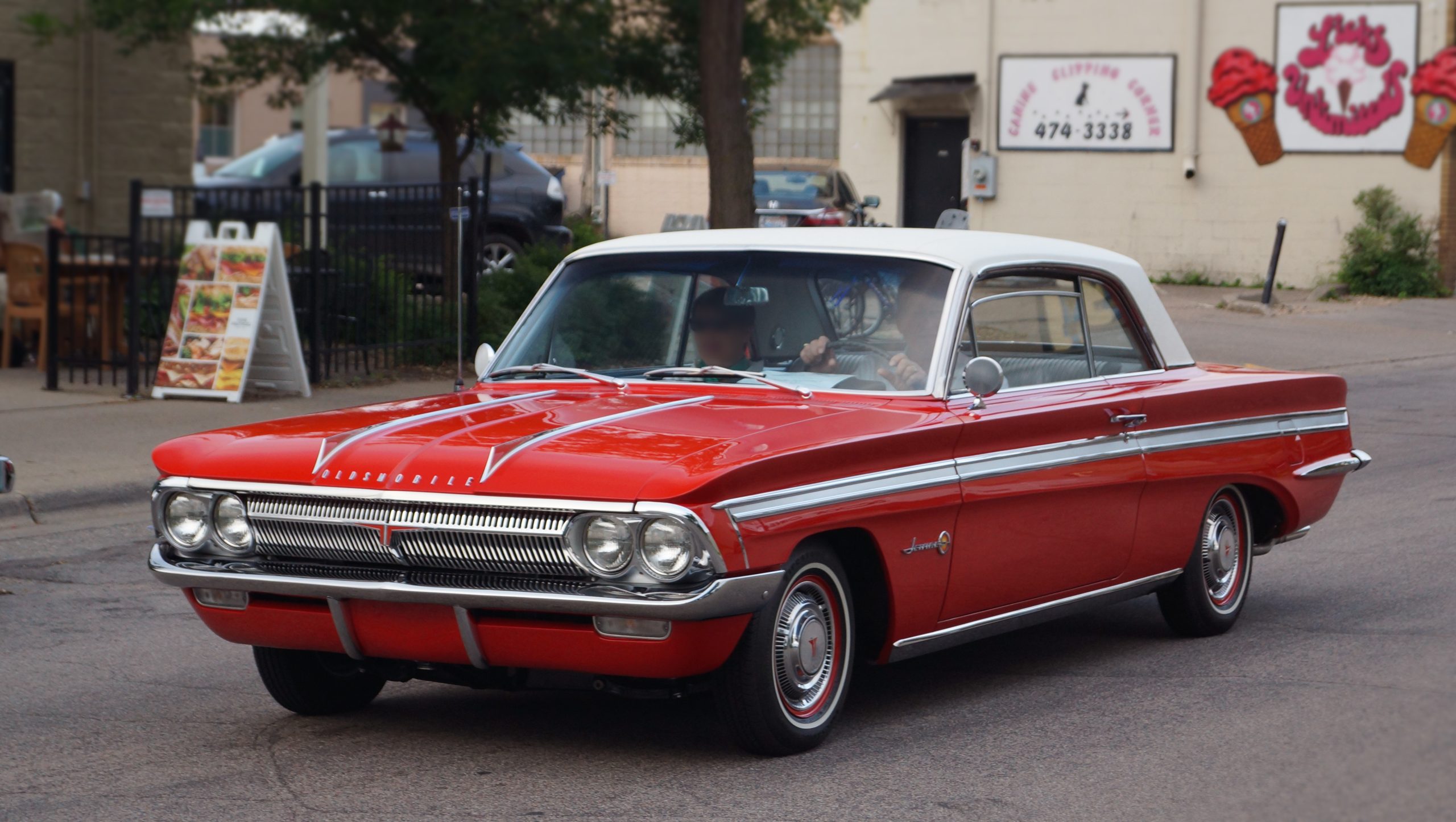





Time heals all wounds ! These were cheap for decades because of the ridiculous prices dealers charged for simple service and tuneups. Lexus killed them immediately upon entering the USA market. I worked for a dealer that had both upscale German brands, plus Lexus. People would run, not walk from the German service departments after seeing the estimate to repair them. I heard the sentence “Get me out of this thing please “ !
So true. My coworkers wife was a top car salesperson in Marin County – prime luxury car selling territory. Around 2007 or 8 she was lured from Lexus to Mercedes. Within six months she went back. She complained at Merc she spent half her days dealing with disgruntled customers. Moreover she had Never needed anything but regular service on her loaners from Lexus the Benz was continuously having something wrong – usually with the computer.